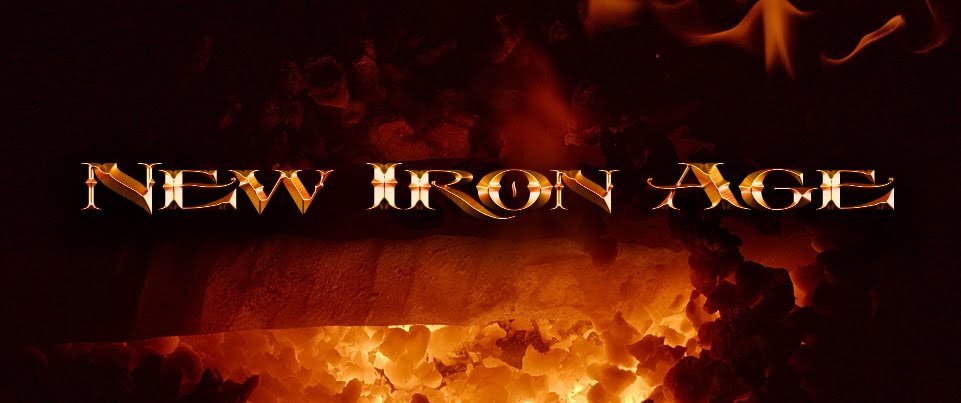There are a lot of
people who look at the Sword & Sorcery genre (or subgenre) as one
that has passed its prime and is no longer relevant. That it is
inherently outdated – a relic of another era, incapable of change
or growth, best forgotten. They see it as sexist and racist, a pulp
genre filled with tasteless gore and tawdry sex, taking place in
poorly-drawn worlds filled with intentional brutality. A curiosity
of interest only to teenaged boys and basement-dwelling grognards.
I don’t believe
that, obviously. I just think the trappings of the genre have
obscured the real strengths it was built on. I think the concept of
the genre is clean, clear, and almost infinitely adaptable, and that
there’s a good reason why the classics that have been written in
the form continue to be read almost a hundred years after Howard
first set down “The Shadow Kingdom”. Since then, a lot of
different writers have taken their own swings at the genre, and
proved that it can work in a lot of different ways.
So what happened? I
think mostly it was three things that condemned S&S to struggle
as a kind of fringe genre in fiction: Imitation, Bad Writing, and
Popularization.
Imitation has been
the bane of the form since the beginning. Howard did his early S&S
stories so well, that often writers have simply been dragged into a
pale imitation of him, rather than expanding the genre and finding
their own way. To this day publishers pay for pastiches of his work,
rather than invest in new writers. Lesser authors fell into aping
their forebears, rather than seeing under the hood to what made Sword
& Sorcery really work.
And that led to the
second plague: Just bad fucking books. Because S&S is violent
and lurid, it was seen as easy, just as a lot of writers have assumed
that pulp was easy to do just because it looked easy. They didn’t
grasp the need for tight plotting and the necessity of handling sex
and violence with care and taste. The same way that horror fiction
is often allowed to devolve into a welter of gore and jump scares by
writers who only see the surface, too often S&S was considered
brainless crap even by the people making it, and thus they didn’t
even try to do it well. A slurry of terrible, terrible books flooded
the market and set the standard, without anything of genuine quality
to counteract it.
Thus the
popularization of Sword & Sorcery was largely left to movie and
comic book images, or lurid covers of the aforementioned terrible
books led to the absorption of the standard pulp images almost by
osmosis: naked women, bloody swords, monsters, oiled-up musclemen. A
generation grew up with that as all they knew about the genre, that
and it was trash literature, only suitable for dummies.
Does it have to be
this way? Obviously not. I don’t think any genre is doomed by
what has gone before. I think we just have to be willing to dig down
past the surface, engage with what really makes it compelling, and
not just slap the standard trappings on the outside and call it done.
Sword & Sorcery
needs to be dark and set in a morally ambiguous world with conflicted
characters. It needs violence and the promise of violence. It needs
a world in conflict, without clear boundaries and without some
glorious past. The world should be filled with harsh landscapes,
dangerous cities, and with a strong vein of eldritch horror woven
through it.
Beyond that, the
whole thing is open. You don’t have to write about naked
barbarians with rippling muscles. The story doesn’t need to have
slave girls in brass pasties and racist stereotypes standing in for
wizards. You don’t need to have a world that looks like northern
Europe, or any white people at all. You don’t need virgin
sacrifices or temples full of evil brown people. I mean, you can
have those things if you want, but not having them does not
make the story something other than Sword & Sorcery if the core
is there.
Because if S&S
wants to recover and become a vital, living genre again – rather
than a pure nostalgia trip – then it has to move forward. It has
to find ways to reinterpret the classic ideas of the form in new
ways, it has to stop consciously aping the tropes and style of
fiction from 80 years ago. I believe that can be done without
turning it into something else. I believe Sword & Sorcery can
move forward.




